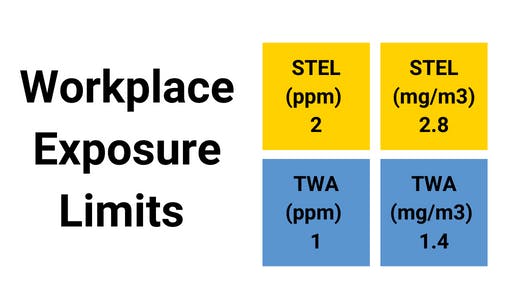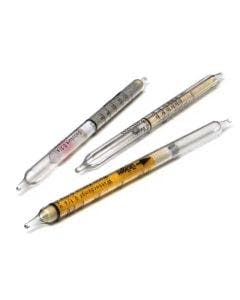Hydrogen Peroxide - Gas Profile





Hydrogen Peroxide (H2O2) is a liquid; hydrogen peroxide has no discernible colour or scent.
Hydrogen peroxide is usually found in a water solution instead of its pure form due to its instability and potential for explosion.
Deodorants, water and sewage treatment, rocket fuels, disinfection, and the production of other chemicals all make use of this versatile oxidising and bleaching agent. Hydrogen peroxide mainly causes local irritation at the point of contact. H202 is an irritant that can be inhaled and irritate the respiratory tract. Extreme cases may result in life-threatening bronchitis or pulmonary oedema.
French chemist Louis Jacques Thénard is believed to have found hydrogen peroxide when he attempted to separate H2O2 from water but failed because there were trace impurities that made it decompose. Pure H2O2 was only found through vacuum distillation in 1894.
- At average temperatures, hydrogen peroxide does not quickly turn into a gaseous vapour.
- Hydrogen peroxide's ability to kill microorganisms and germs is a major plus. It releases oxygen and water upon decay, making it a better option for residential use than other disinfectants like formaldehyde and chlorine.
- A mild hydrogen peroxide solution can be used to water plants since the oxygen it produces is beneficial for plant growth and combating root rot and other pests.
- The body's white blood cells produce hydrogen peroxide to combat infections and bacteria.
Fun Fact – The Bombardier beetle uses Hydrogen peroxide as a defensive weapon.

Applications used in
- Aseptic Packing
- Petrochemical
- Pharmaceutical
- Electronic Manufacturing




